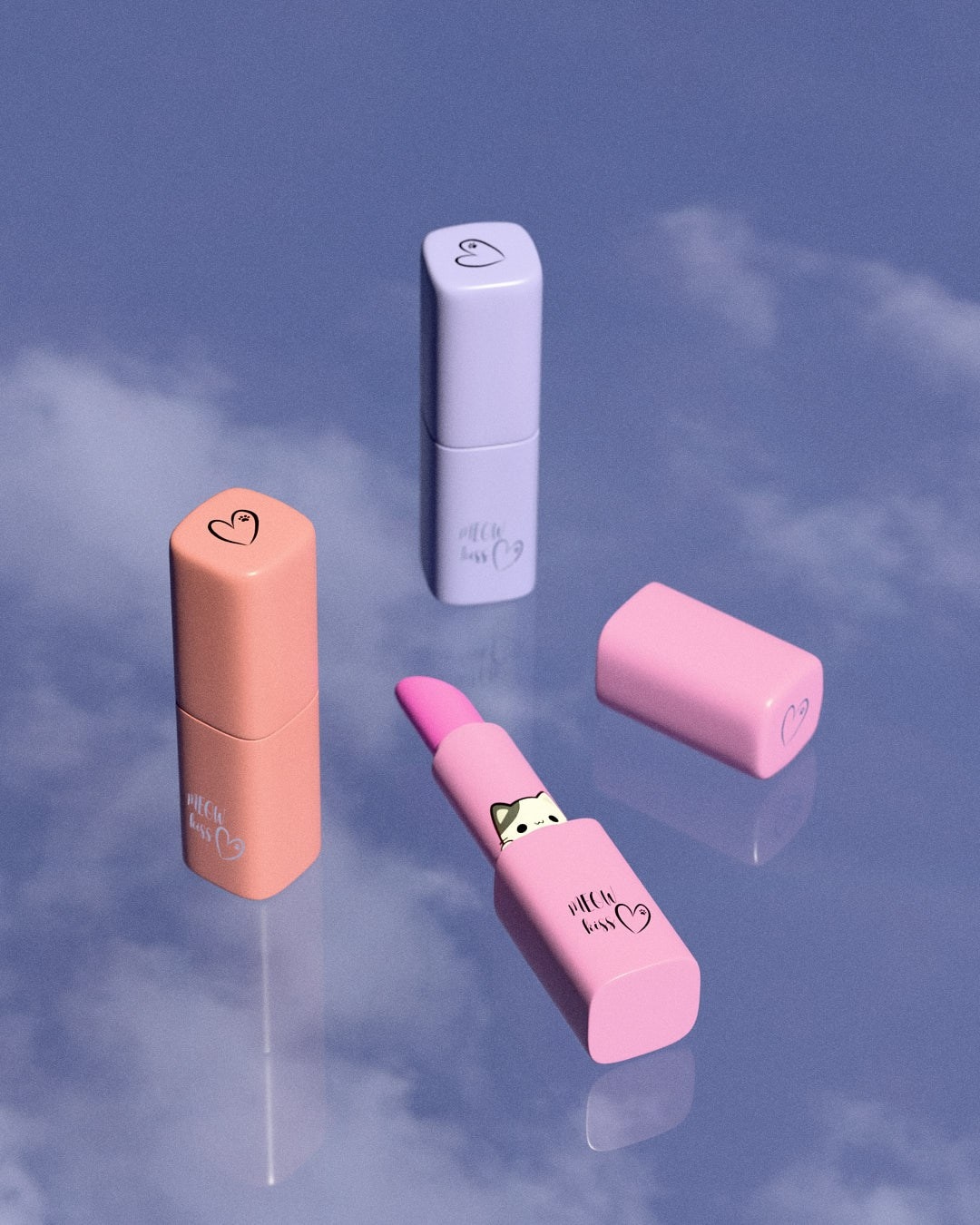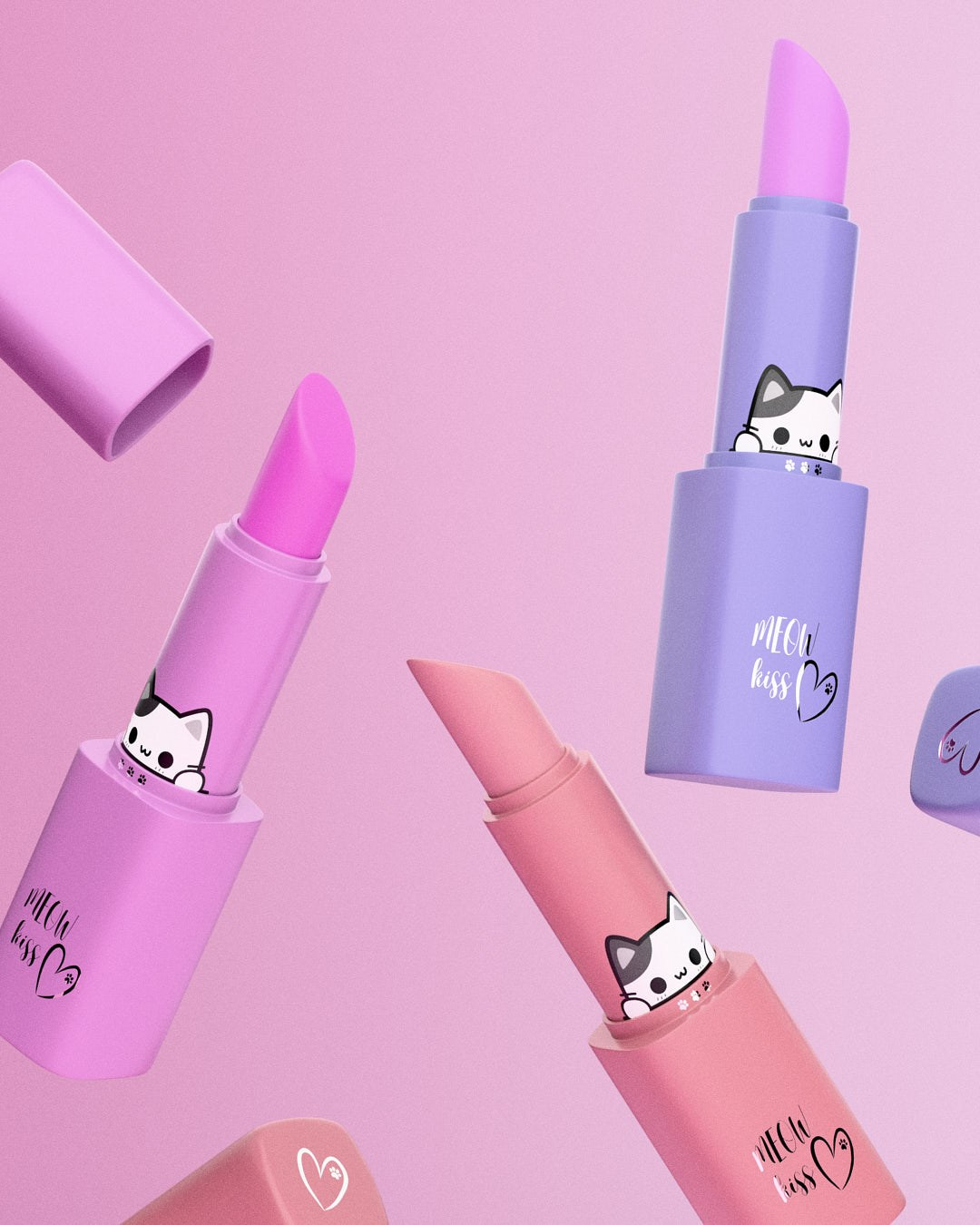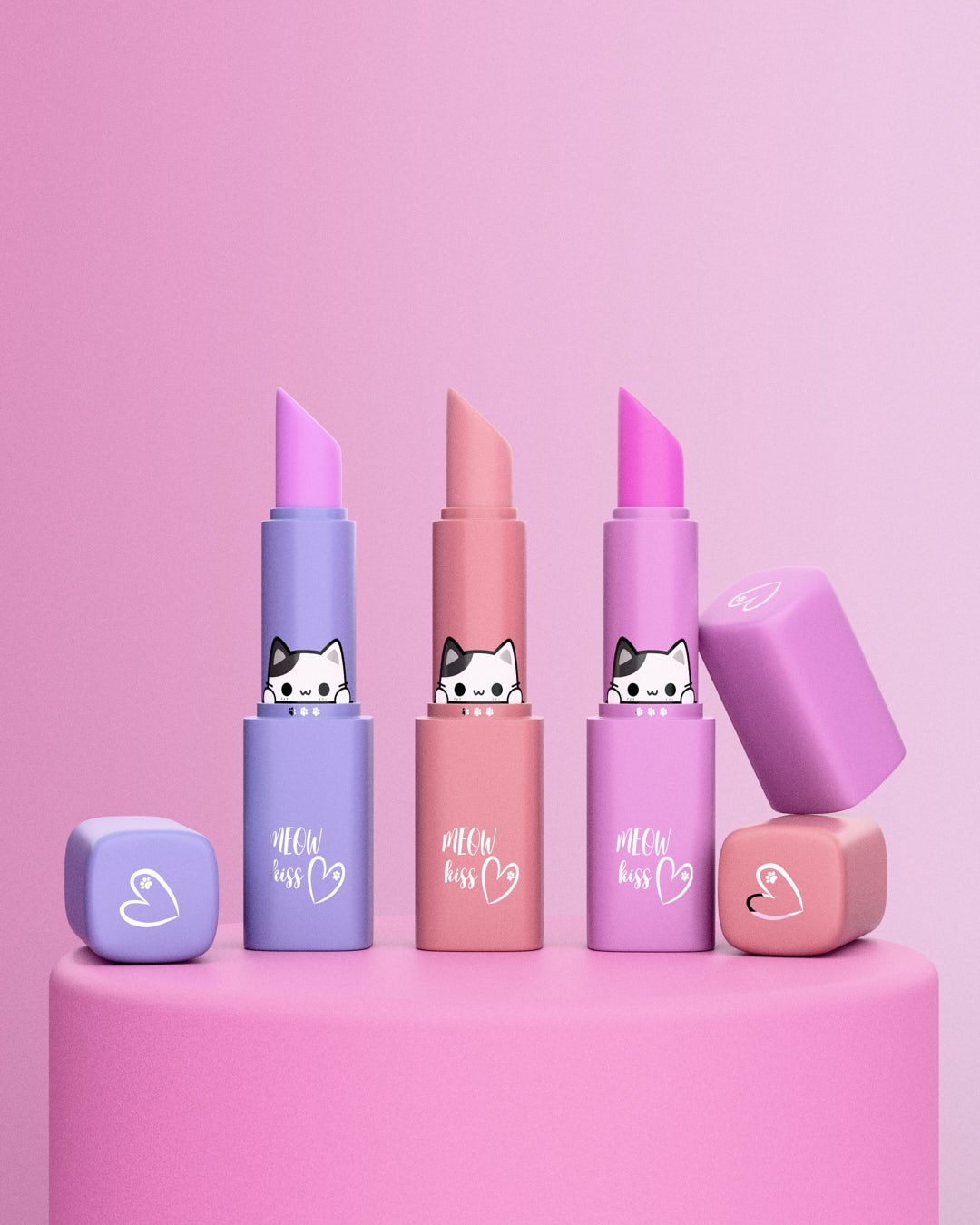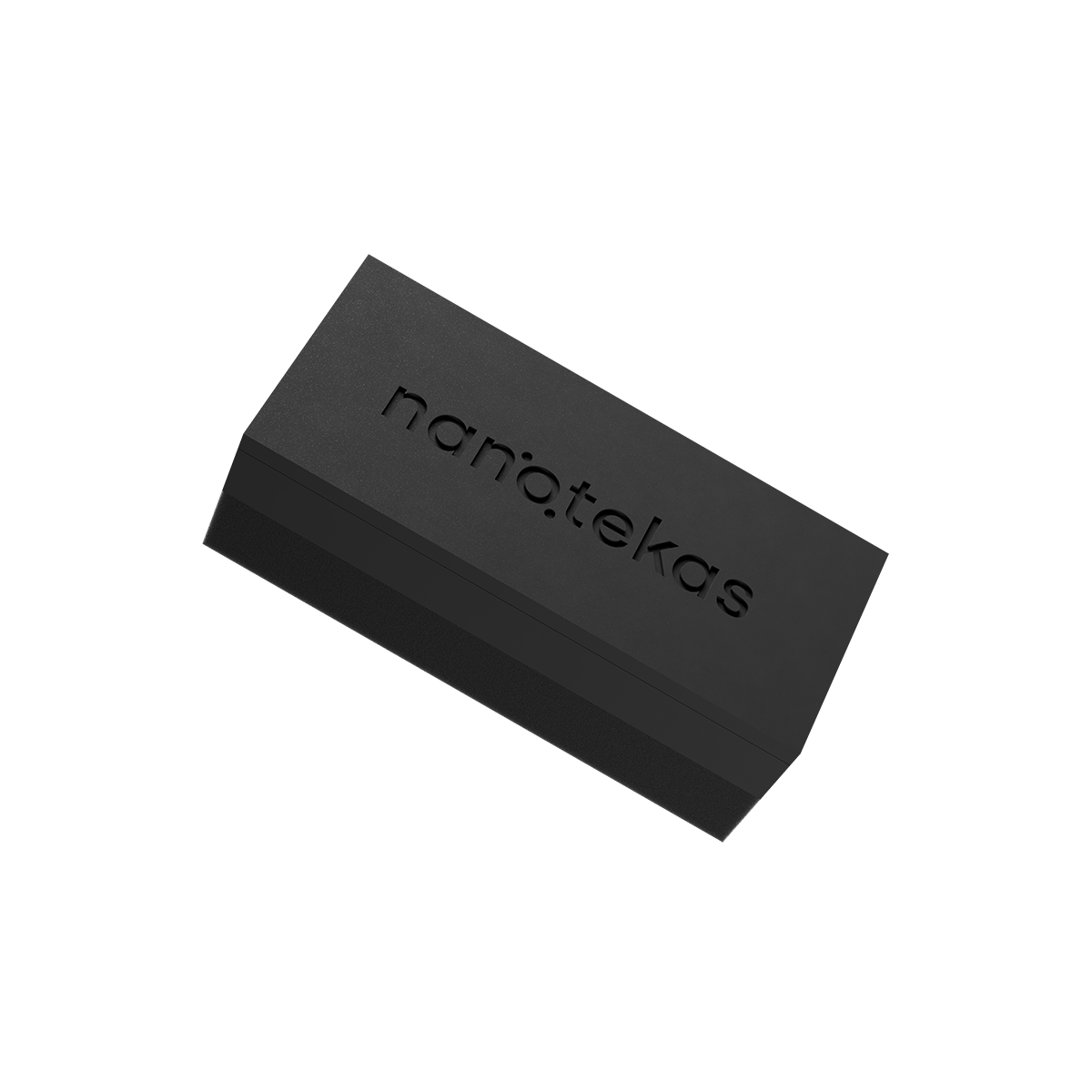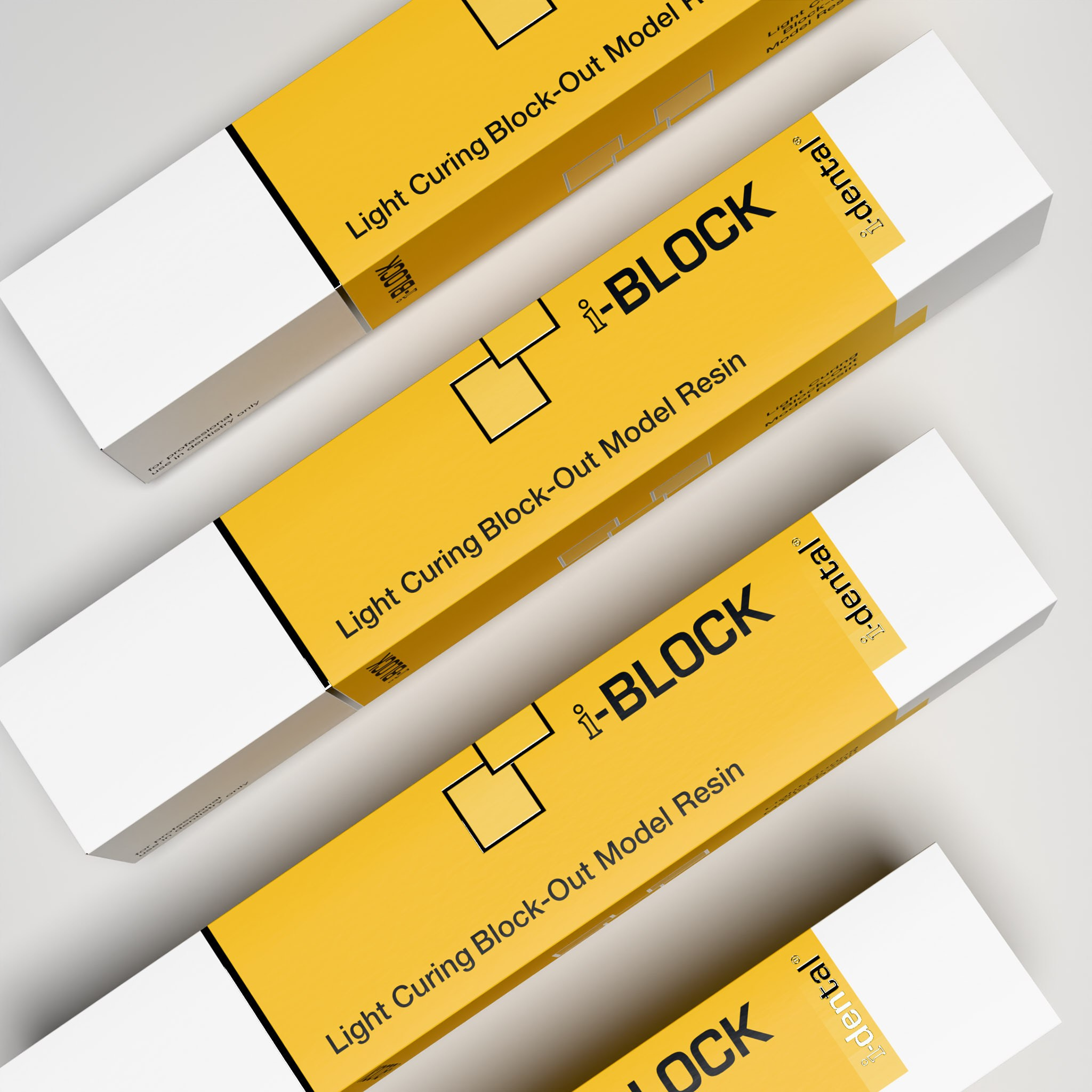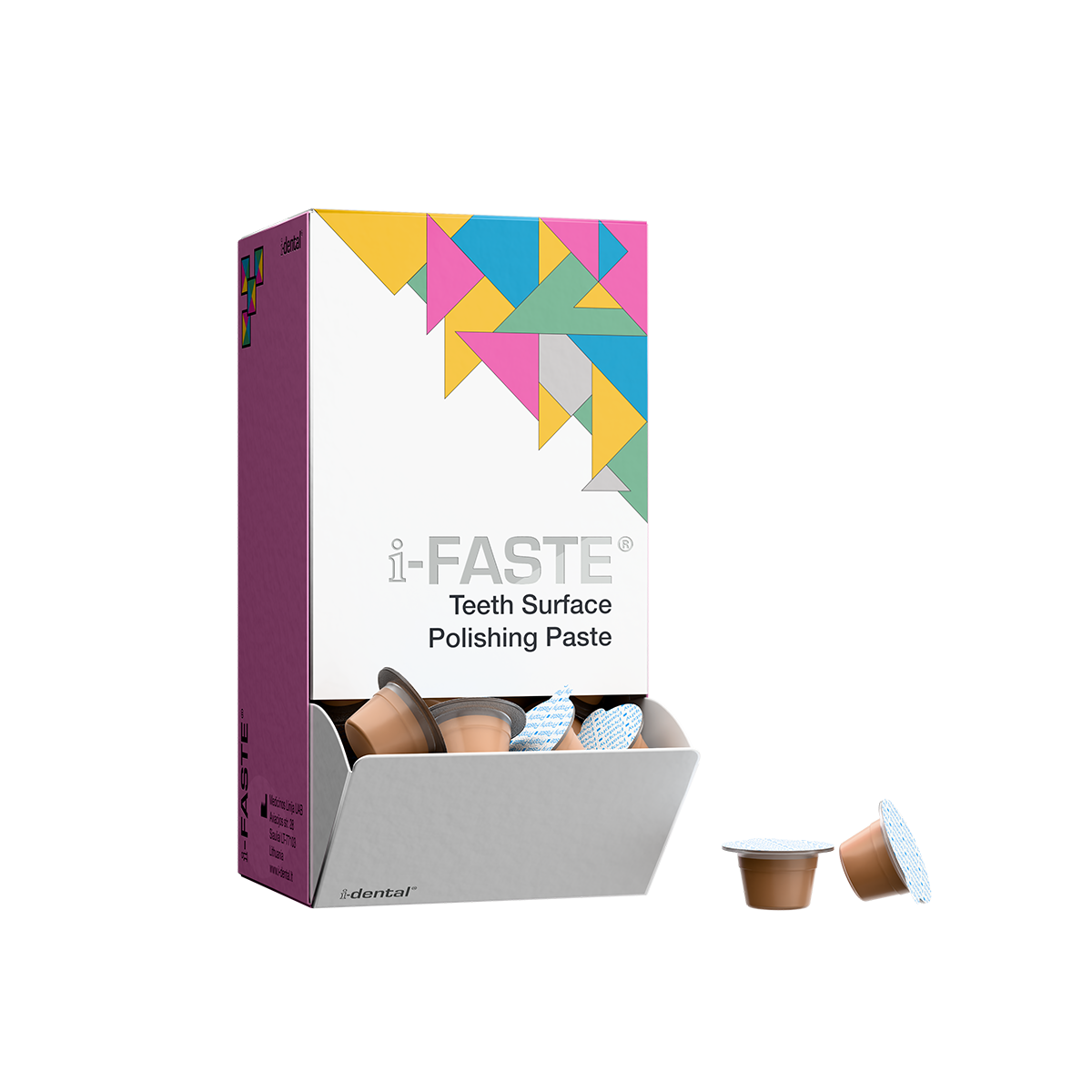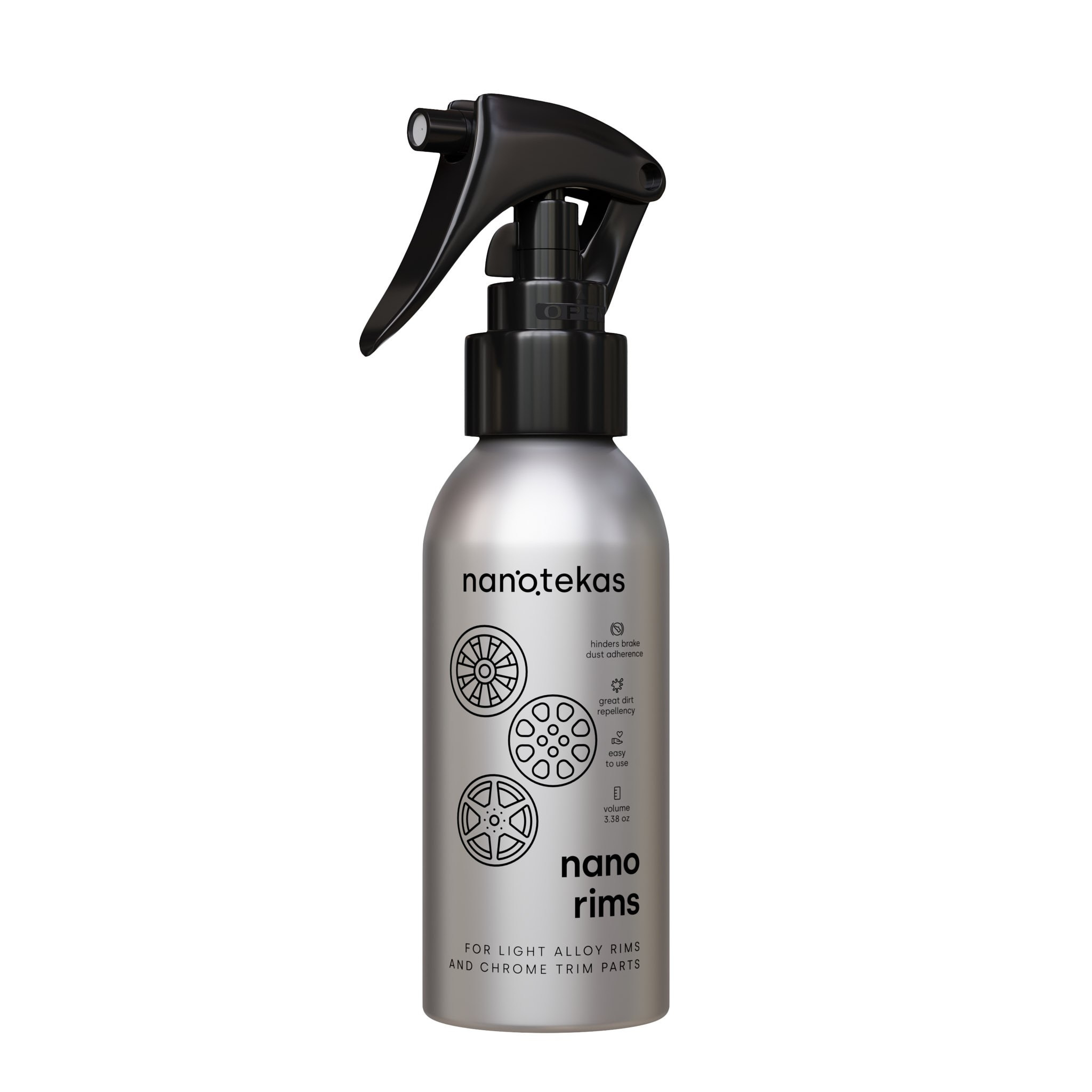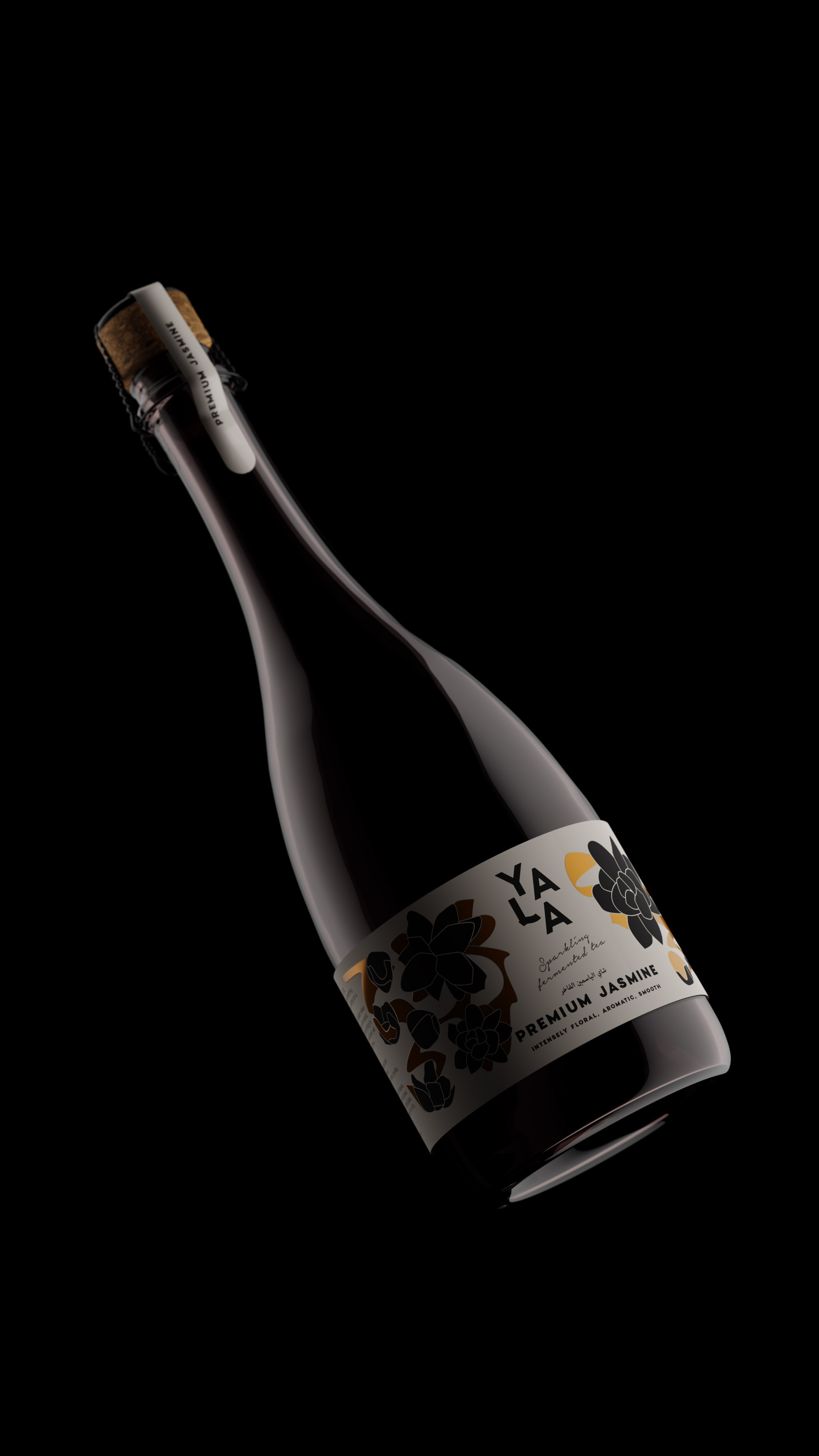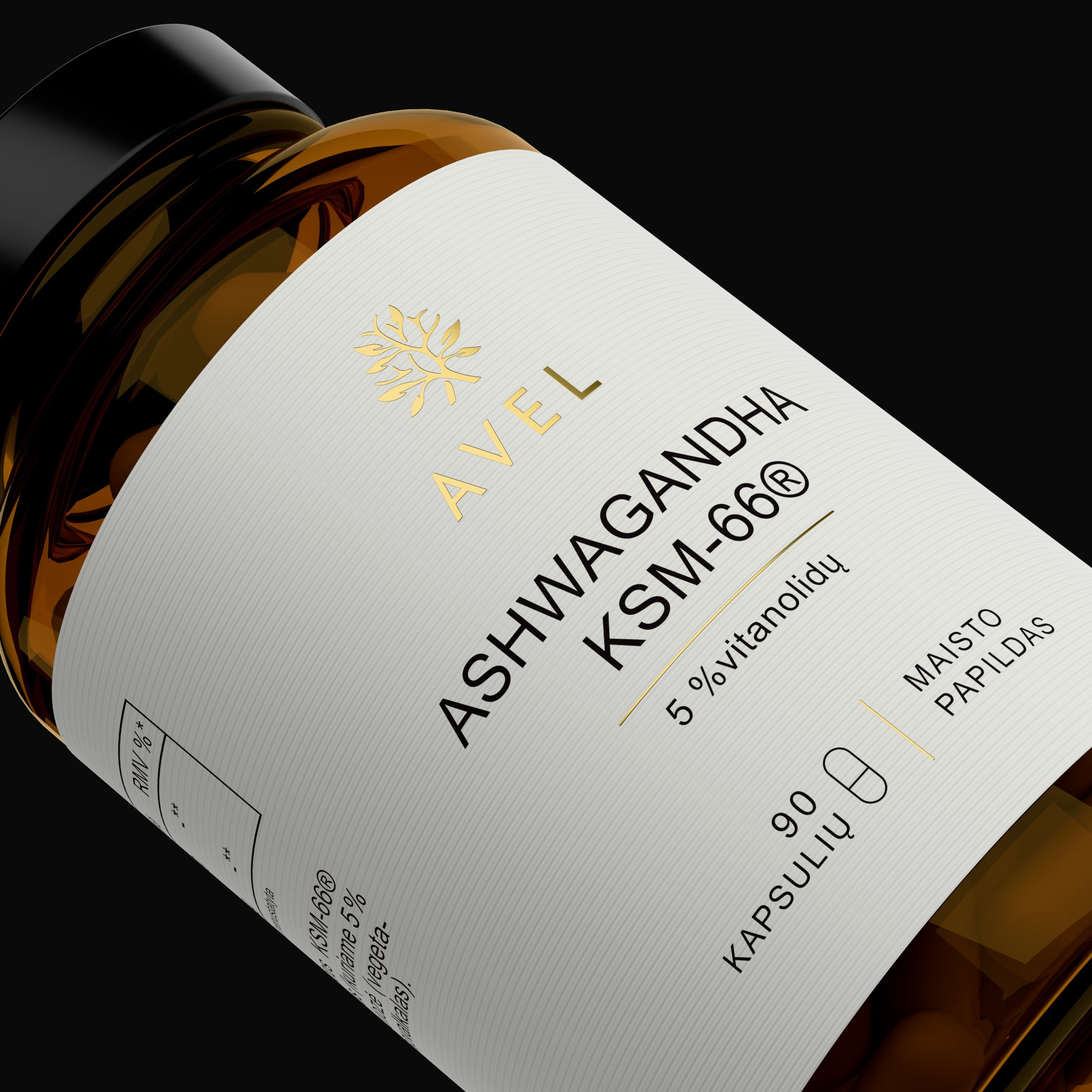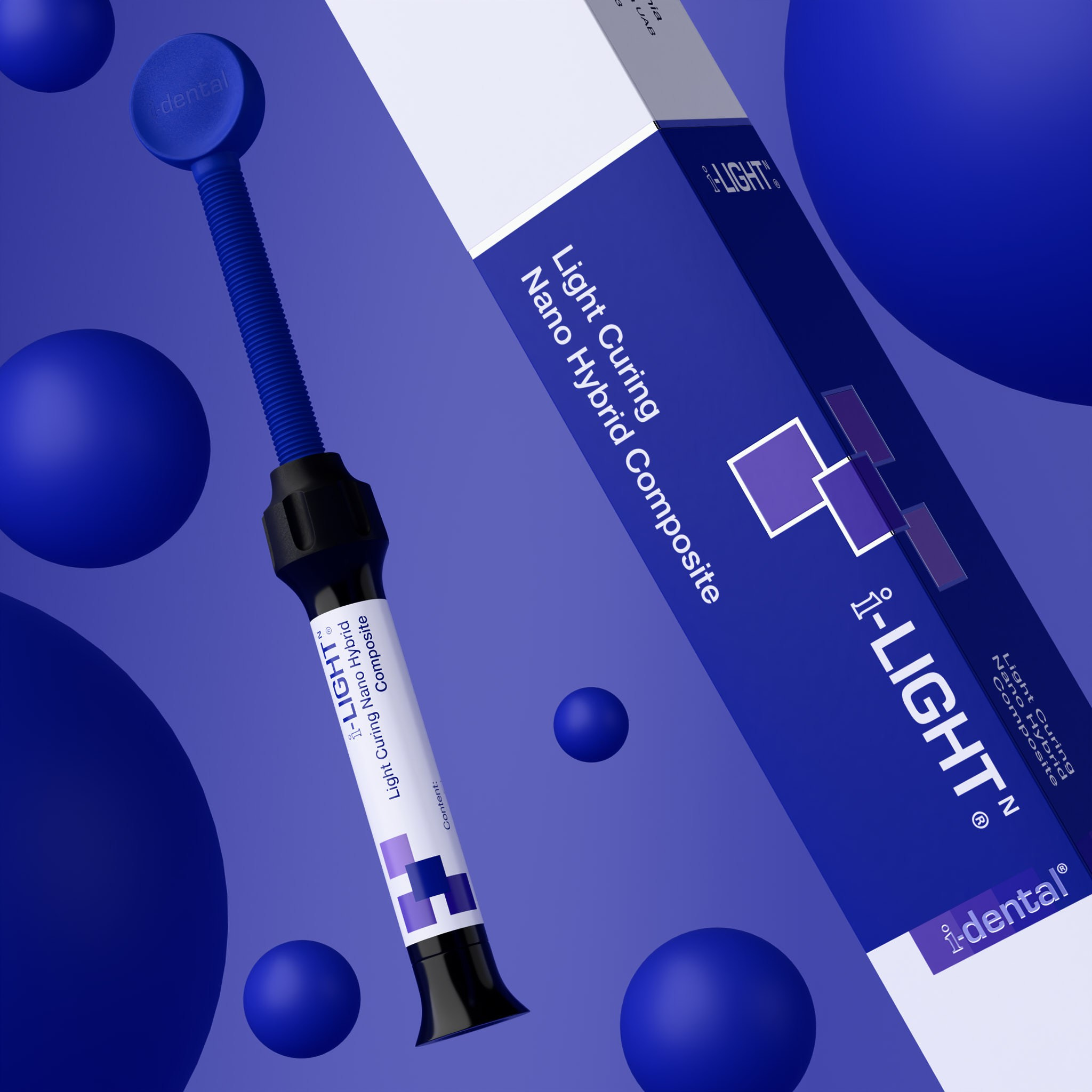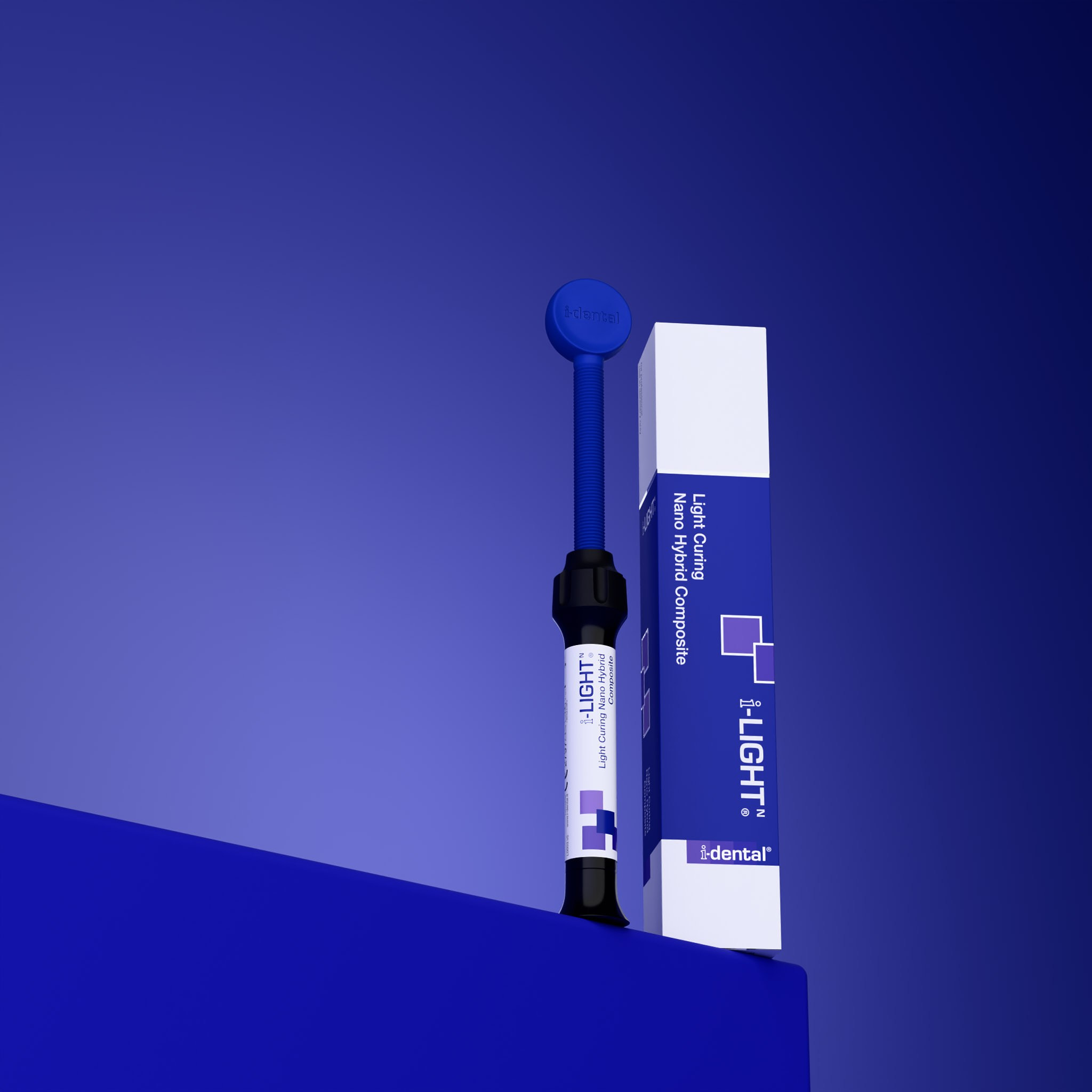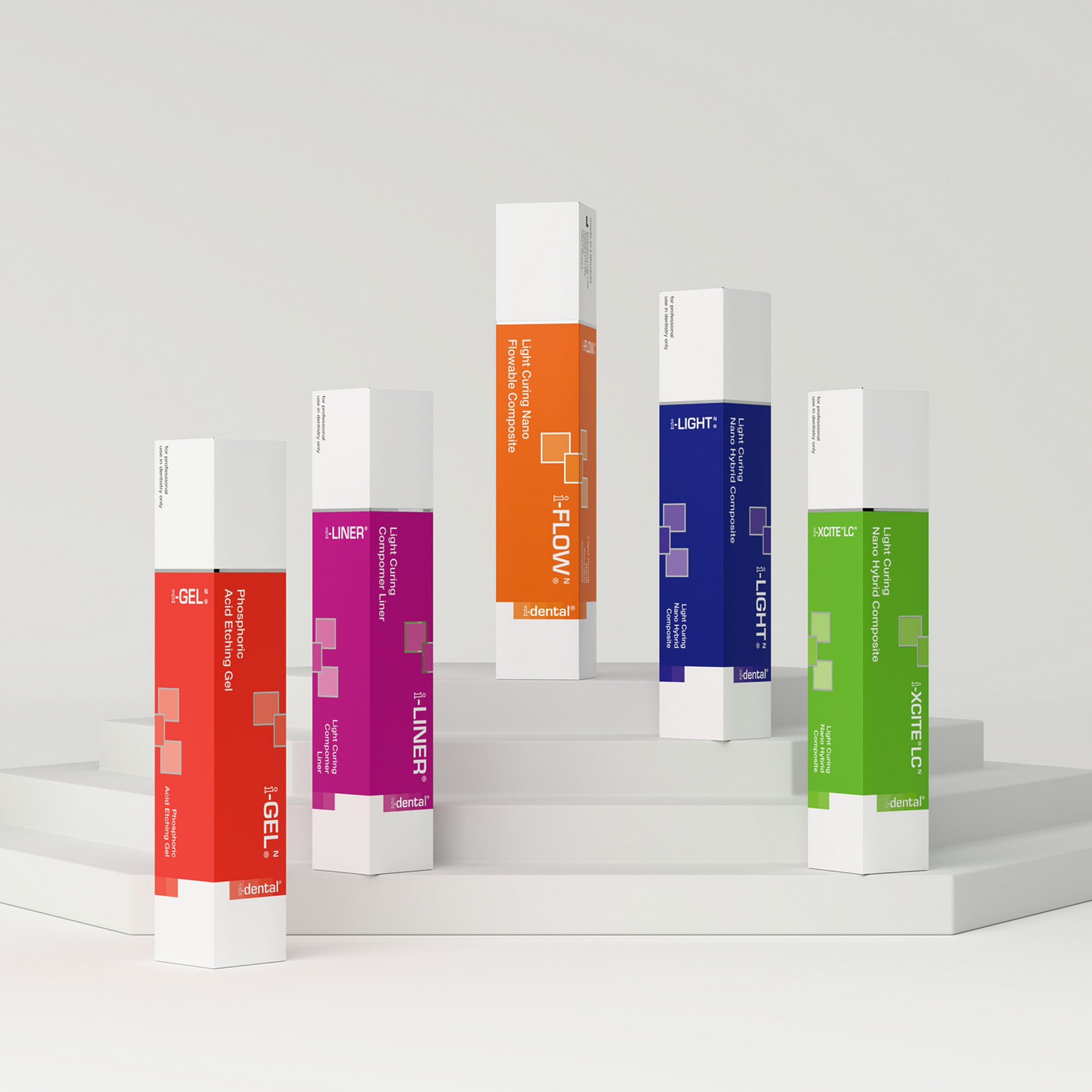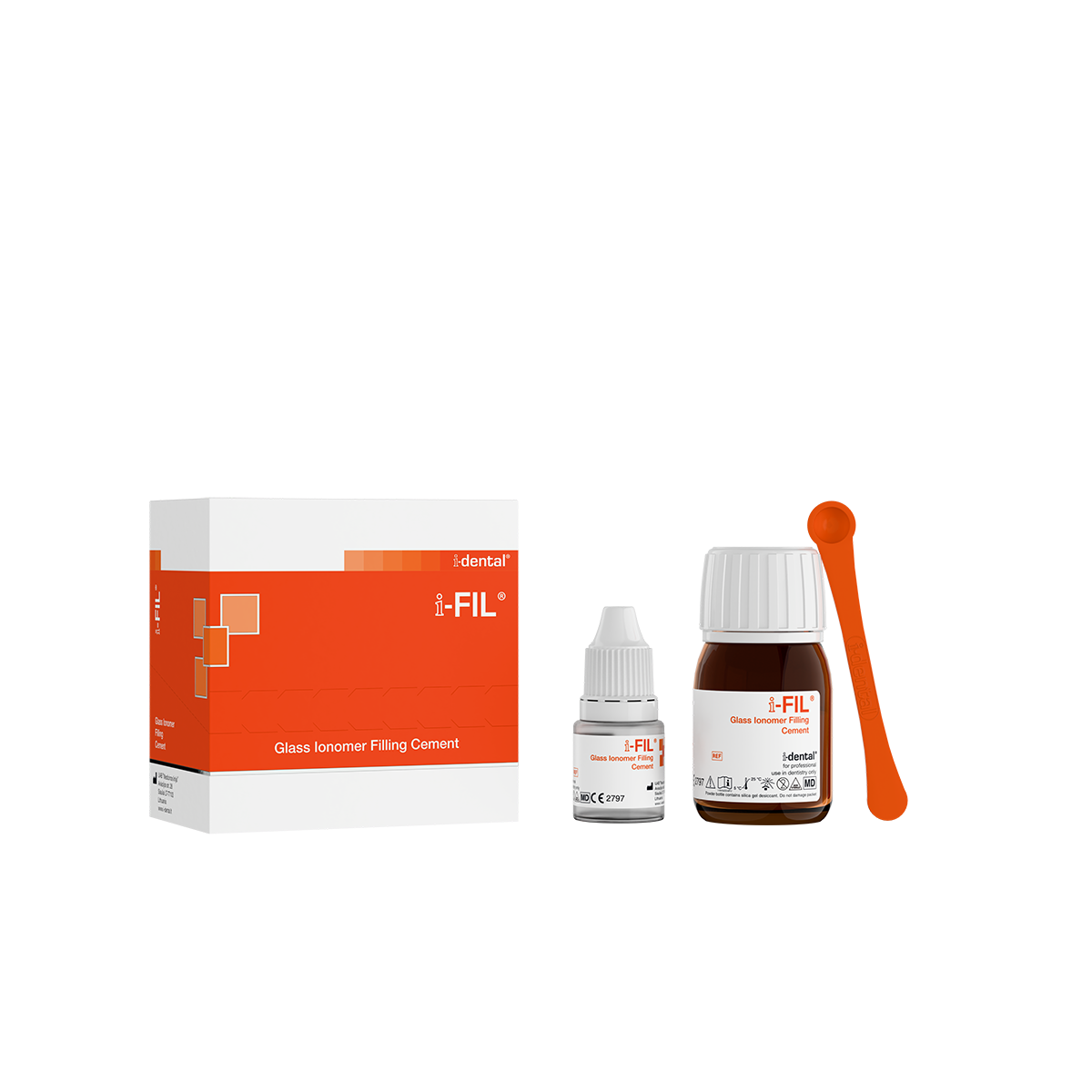Photorealistic 3D product photography for Cosmetics & Pharmaceutical industries
Get studio-quality product visuals—without the photoshoot.
Faster and 100% accurate each time.
What we do

3D Product Packshots That Look Real
- Made using digital software. No AI involved.
- Best for e-commerce, regulatory submissions
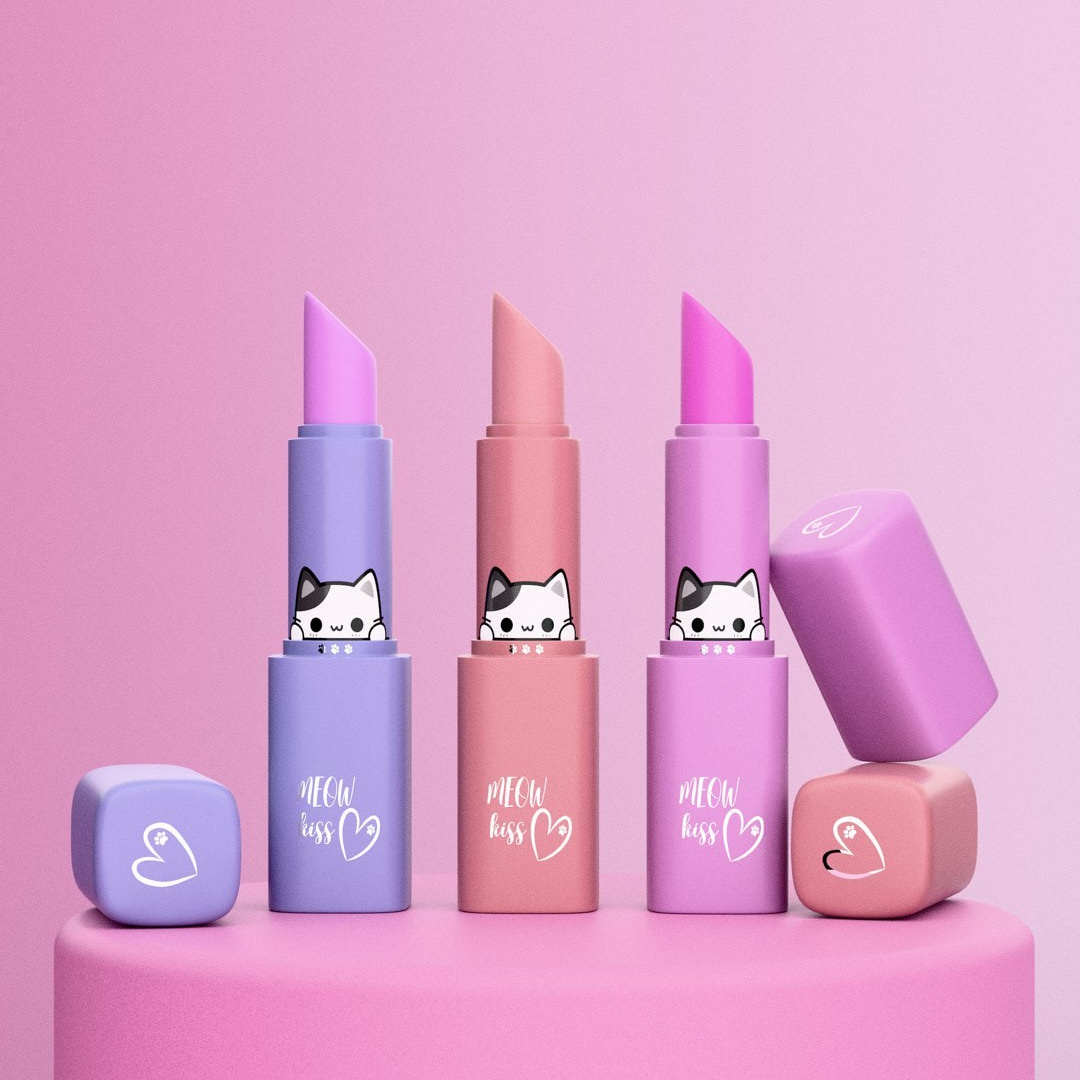
CGI for marketing
Stand out with visuals no photo studio can capture.
Made using digital software. No AI involved.
Best for marketing
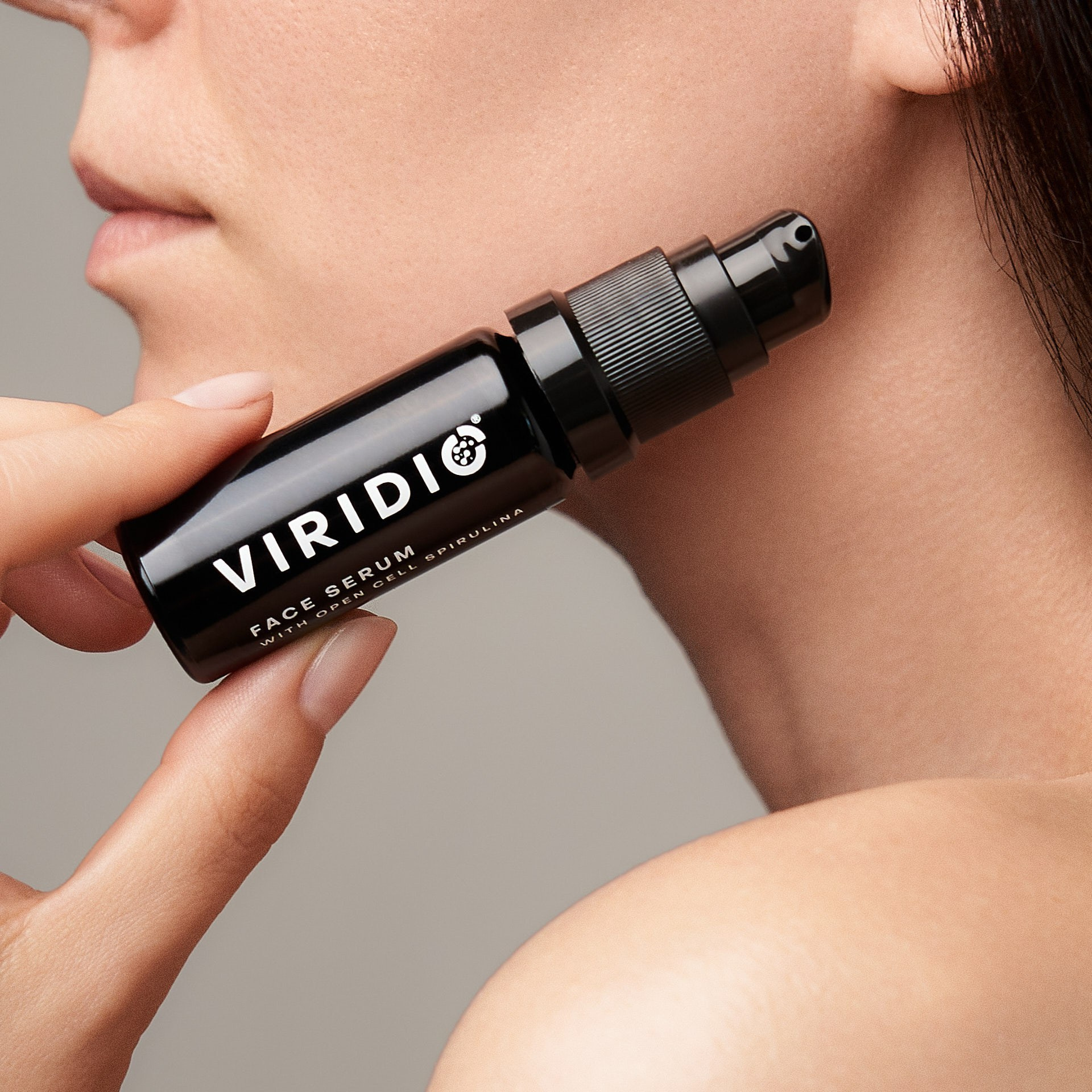
Traditional product photography
Made in studio or location
Working with real products and models.
Frequently Asked Questions
What is 3D product design or visualization?
3D product design or visualization is the process of creating a three-dimensional (3D) visual representation of a product. Using specialized software, designers model, texture, and illuminate the virtual product. This process allows for the creation of visually appealing product images that can be used for advertising, e-commerce, and more.
What is the difference between 3D product design and product photoshoot in a studio?
3D product design and product photoshoot in a studio are two different ways to create product visualizations or photographs.
3D product design:
- It is a process where a virtual model of the product is created in three-dimensional space using specialized 3D design software.
- Modeling, texturing, and lighting occur inside the computer, and the result is a virtual product that can be viewed from various angles.
- It allows for creating visualizations without a real physical product, providing more flexibility and opportunities for design and advertising.
- Suitable for new product concepts that have not yet been physically manufactured or do not exist.
Product photoshoot in a studio:
- It is a photography process that takes place in a real studio environment, where there is a product photographer and a physical product.
- The photographer works with real objects that can be touched, perceive size and shape, rather than virtual models.
- Most commonly used when creating realistic photos of existing products or when human or environmental elements need to be included.
Advantages of 3D product design
- Virtual Studio — it can be revisited at any time to make necessary adjustments, change textures, lighting, replace products, etc. It is the perfect environment for photography as there is complete control over the tools used, and there are no distractions!
- Logistics — for a traditional photoshoot, products need to be brought to the studio. For instance, if you have 20 different types of paint cans and you are miles away, bringing the cans to our studio would be difficult, plus it would incur additional time and shipping costs. However, with a 3D model of the can, we can create photographs of paint cans with different labels. To do this, we need digital files of the can’s dimensions and labels. The entire process, from creating the 3D model to generating the final photographs, would take 2-5 days.
- Perfect Resolution — a photograph taken with a camera will have a resolution of 4000×6000px. When creating a photograph with 3D design software, we have unlimited possibilities for photograph resolution. All possible options — lighting, lenses, cameras — all of this is accessible in one program. We don’t need to physically set up heavy stands with lights or change cameras or lenses.
- Long-Term Investment — for businesses looking to keep their products in the market for a long time, 3D design solutions can save time and money. Once the product’s 3D model is created, it can be revisited at any time to create artistic visualizations. The cost of such photographs will be significantly lower than organizing regular photoshoots in a studio.
3D product design drawbacks
Shortage of specialists capable of creating photorealistic product photographs.
Design complexity and resources — creating complex photographs or videos requires a powerful computer, electricity, and time.
Duration of work — creating the initial product model takes time.
Why should I choose 3D product design?
If you have multiple products and don’t need many product photographs for advertising — then most likely we will recommend organizing a photoshoot for you. If your business has product lines, for example, with one can containing 6 different labels — then 3D design would be a suitable choice for you, as one 3D model of the can would be created, and the label would be changed. In short — 3D is a great choice for those who have product lines with the same packaging but different labels.
What to do if I have multiple product lines and want to create 3D photographs for all of them?
First, we need to assess the complexity of your product packaging from a 3D perspective and evaluate the quality of photographs you need. Objects with simple shapes can be created quite quickly with a 3D design program, but the majority of time is spent on generating the final photographs — this is the process where pixels are generated on the computer and a product photograph is created. The more detail we want, meaning the need to generate more pixels, the longer the generation time becomes.
3D video complexity
One second of video consists of at least 24 frames. The computer has to render each frame separately. The render time depends on the complexity of object geometry and materials, object movement, and video resolution.
Our team

Andrius — Lead 3D Technical Designer: Ensures scientific accuracy in product modeling with focus on pharmaceutical-grade topology and compliance-ready visualization.
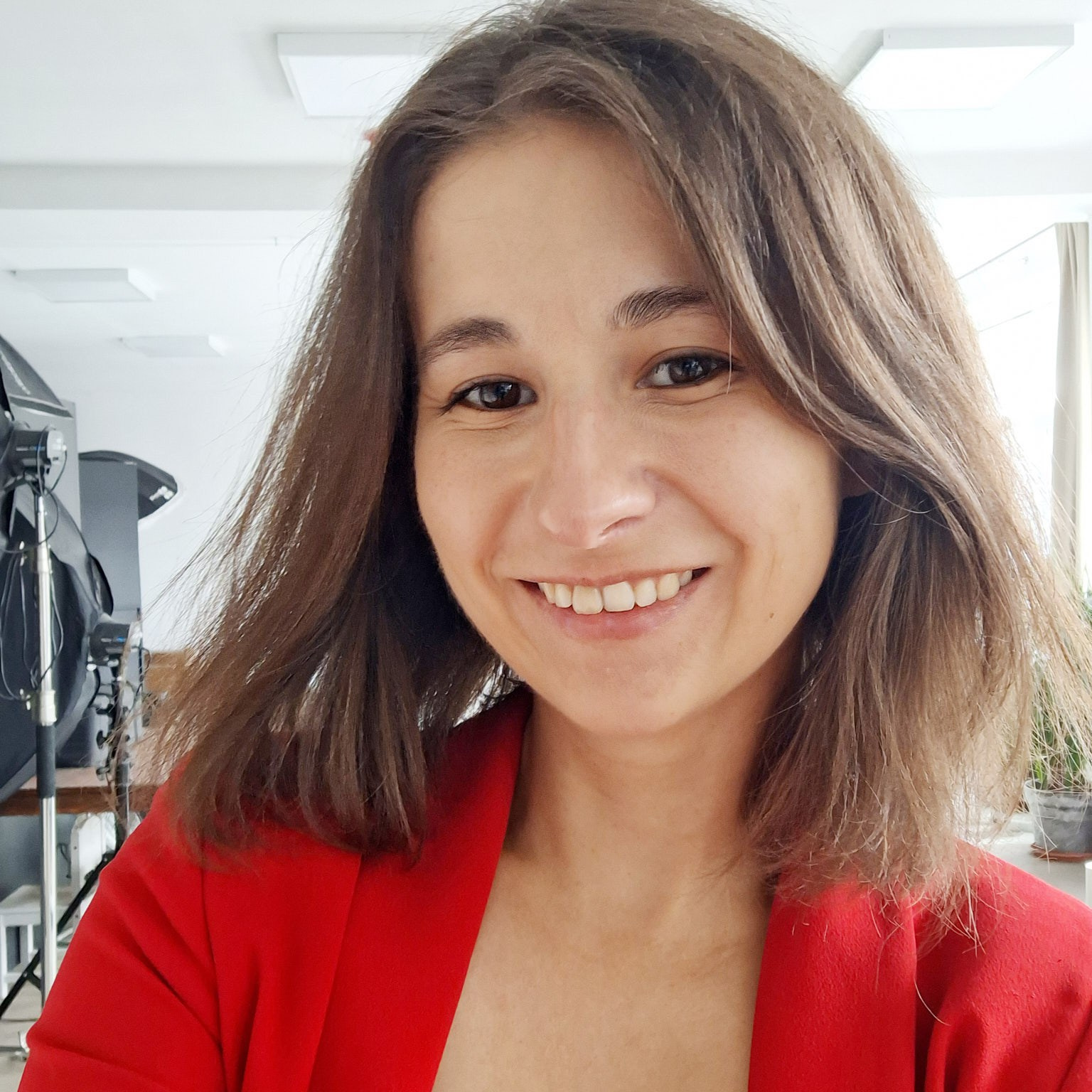
Aurelija — Art director/Photographer: Oversees commercial-quality visual execution, adhering to brand guidelines and marketing specifications.
Let’s talk
Operating from Lithuania (Eastern European Time Zone, UTC+2), we serve clients worldwide with flexible working hours tailored to your convenience.


